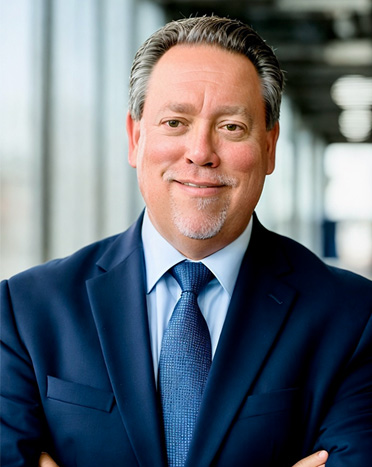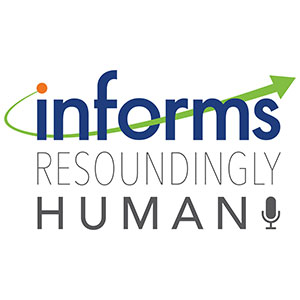
Experts see supply chain disruptions extending into 2022 and beyond
WASHINGTON (TND) — President Joe Biden defended his administration’s response to pandemic-driven supply chain disruptions Wednesday, insisting the situation is better than media reports suggest, but experts foresee difficulties stretching well into 2022, and possibly longer.















